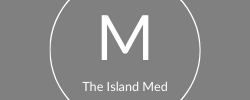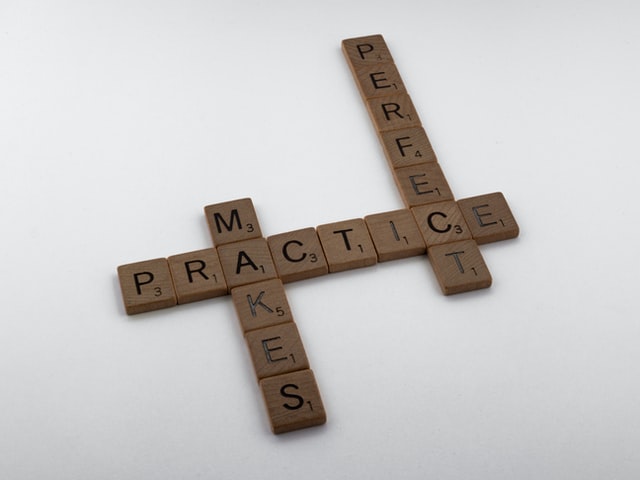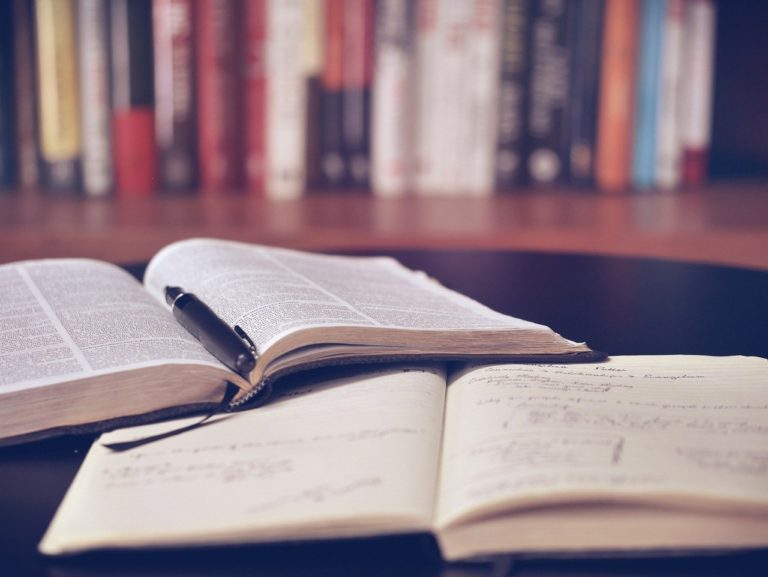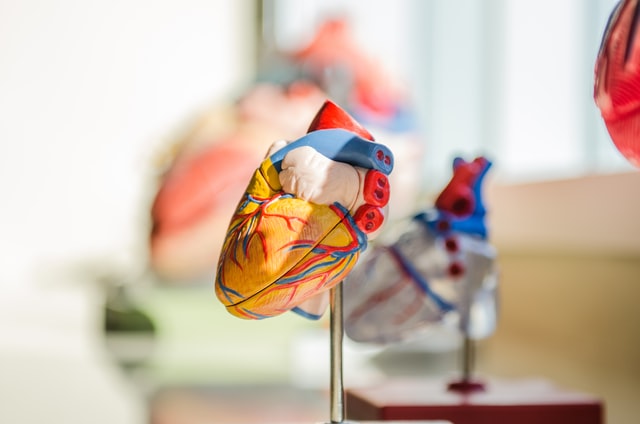Exam in medical school – surprising grade for my 2nd exam
I received my score report for my 2nd exam in medical school a few days ago. I must admit, I’m pleasantly surprised. Despite all the unexpected challenges leading up to this exam, I scored 94%. Here are 2 ways that I studied differently for this exam.
1. Lots of practice problems
For my 2nd medical school exam, I did a lot more practice questions, especially during the final weekend. In the last 3 days before the exam, I spent around 70% of my time doing this. This is probably what saved me despite having fallen behind and having lost study time to extraneous factors. And it makes sense. Afterall, this is one of the most effective studying techniques. This is how I approach practice questions.
Tracking answers
During the week, I kept up with the course practice questions. Either daily or as the lecture material was covered. As I went through the questions, I entered my answers in an Excel sheet (all our questions are multiple choice). For any questions I struggled with, I highlighted them in either orange or red. Orange for when I was uncertain and red for when I had no idea. When I was done, I entered the correct answers in the adjacent column. This allowed me to compare how I felt about my answer choice and how I actually did. Sometimes, my orange or red answers would be correct. Sometimes, the answers I was confident about would be wrong.
Reviewing explanations
Next, I would carefully review the explanations for the answers. I would begin with the answers I got wrong and any questions I highlighted orange or red, even if I got them right. If I had time at the end, I would look at the explanations to the answers I was comfortable with and got correct. The explanations were a great way to gain a better understanding of the lecture concepts. Plus, it’s a little more interesting than reading through lecture slides which helps with the learning process.
Make it Anki
Finally, and perhaps most importantly, I turned the answer explanations into Anki cards to reinforce the concepts. I did this for the questions I got wrong and the ones I was uncertain about. Over a few days, even concepts I really struggled with, like histology became more familiar. Which made them easier. For example, after a few days I could distinguish mesenchymal tissue from loose connective tissue. As someone who dislikes and struggles with histology – this was a big deal.
Focusing on weak areas
During the weekend before the exam, I doubled down on practice problems. I spent only a few hours reviewing lecture material I had missed. Most of the time was spent on practice questions I found in the Google drives from upper term students. And I tried to focus on my weakest areas first.
For example, I started with Pharm questions because I was struggling to remember all the formulas and when to use which one. And I did a lot of them. When I felt more comfortable, I redid the course practice problems from my professor. This is because I struggled with that practice set the first time. Re-doing these questions was helpful because it reminded me of the concepts that were important to the professor, and thus, likely to be tested. In this practice, I noticed that I was still weak on the cholinergic and adrenergic drugs. So that’s the next topic I worked on using Anki cards.
Once I was done with topic-specific questions, I moved onto mini tests that covered all the topics for the exam.
The fact that I started with my weakest areas first was a big improvement for me. I never did that in undergrad. A few incorrect answers in would have overwhelmed and discouraged me. So to feel better, I would have switched over to more familiar topics. Which is not an efficient way to study, especially when you’re crunched for time. It’s still not fun getting questions wrong. But I have learned to recognize this for the learning opportunity that it is. Which is what truly matters. Plus, it’s better to get the questions wrong now and learn so I can answer them correctly on the test and on board exams.
2. Using the lecture learning objectives
The other strategy that really helped me on this medical school exam was using learning objectives. About half-way through this block, I started using the learning objectives at the start of each lecture to guide my studying. One of our professors mentioned this technique, which brough it to my attention. Prior to this, I don’t think I had ever looked through the objectives. It always seemed like a long, daunting list. But this helped so much. Afterall, it tells us exactly what concepts to focus on. This helped me get through my post-lecture reviews more quicky. I would answer the objectives in my own words out loud. I would revisit the slides for any concepts I struggled with. But I would always try to explain it in my own words to make sure I understood the material.
The only thing I will change going forward is to turn the responses to the objectives into Anki cards. Or go back to the lectures every few days to review the objectives. Just so I can retain the information better. I found towards the end of the block, I was forgetting some of the information from the earlier lectures.
For next time…
Since I’m in the musculoskeletal block now, I’ll try to post soon about what study habits I’ve changed and what is working well.
How do you study when you’re crunched for time?
-M
Want updates on the latest posts? Email theislandmedonline@gmail.com or complete this form to join the email list today!







